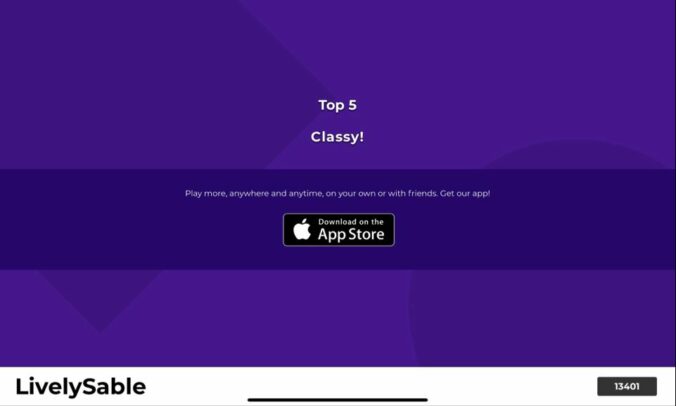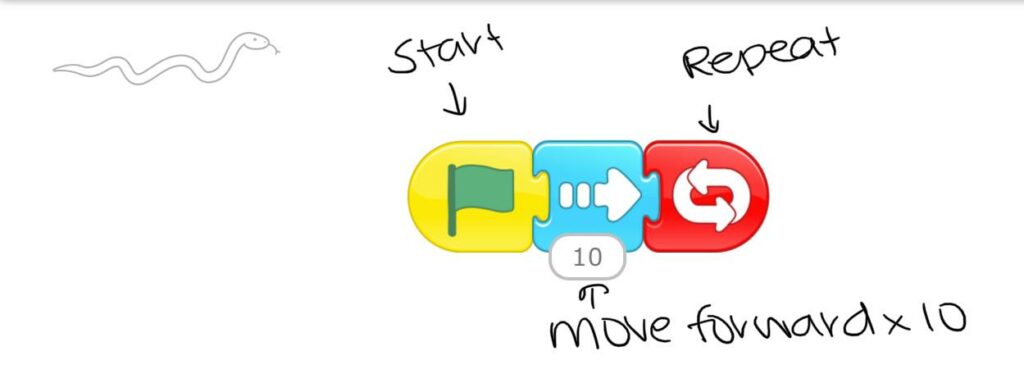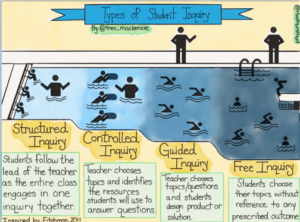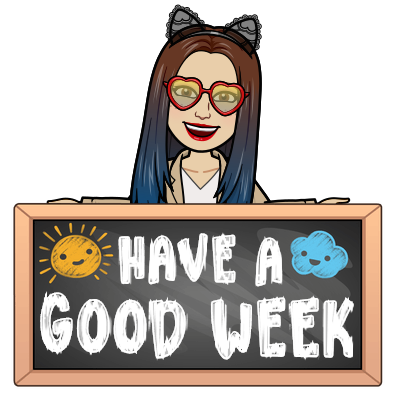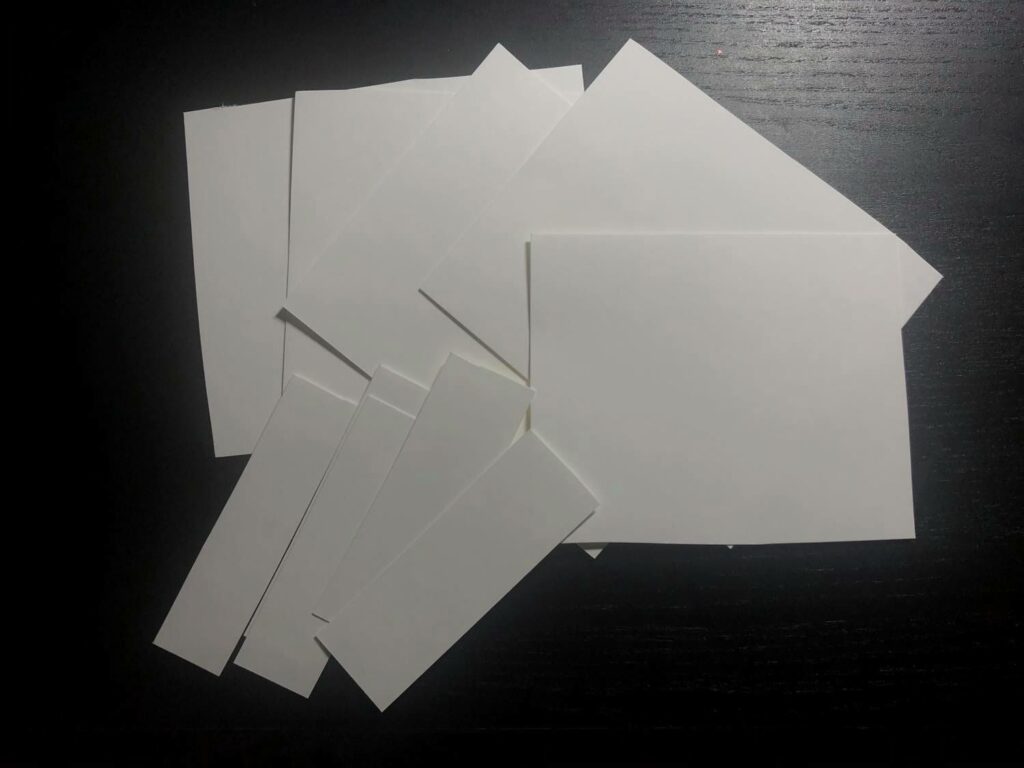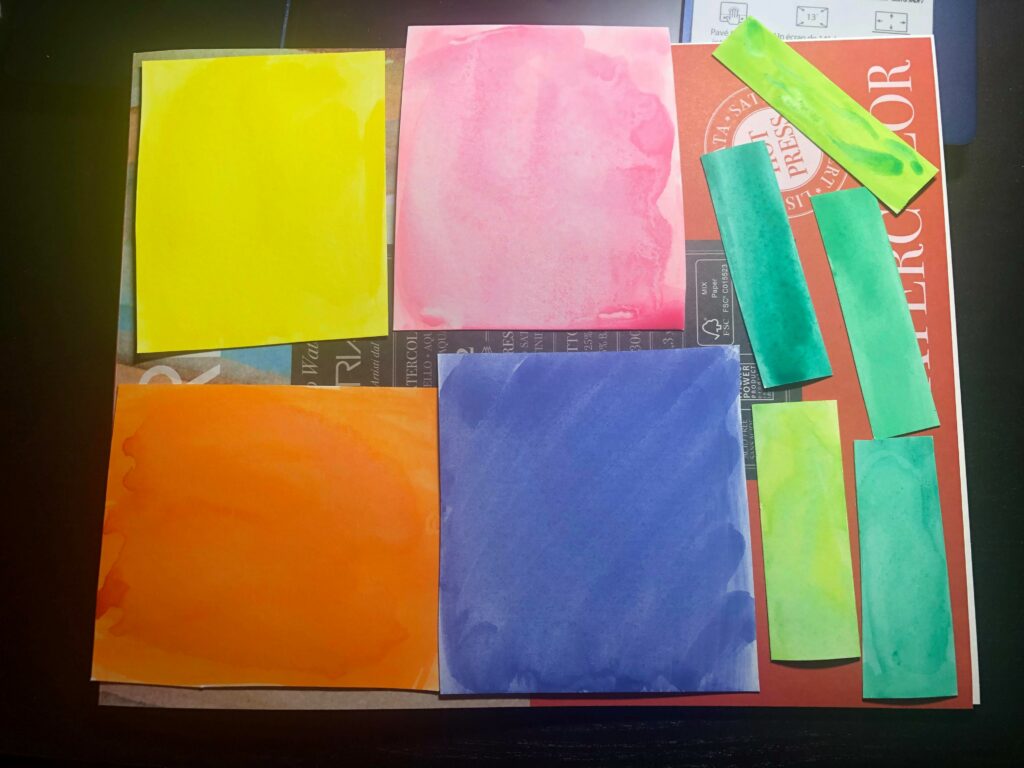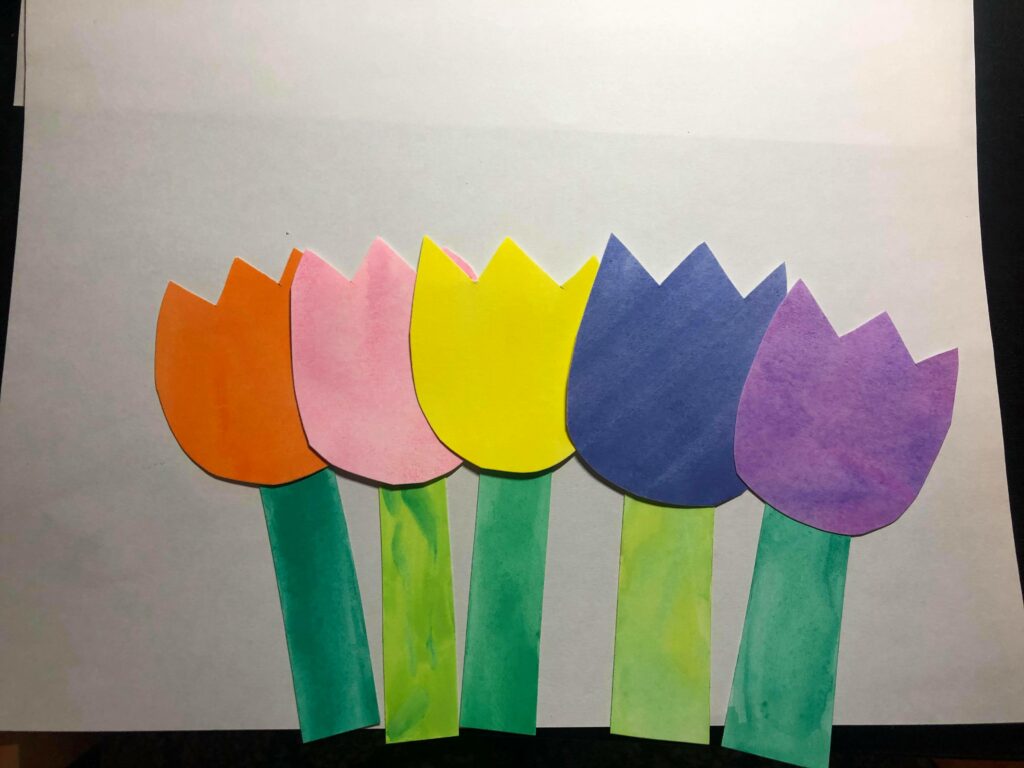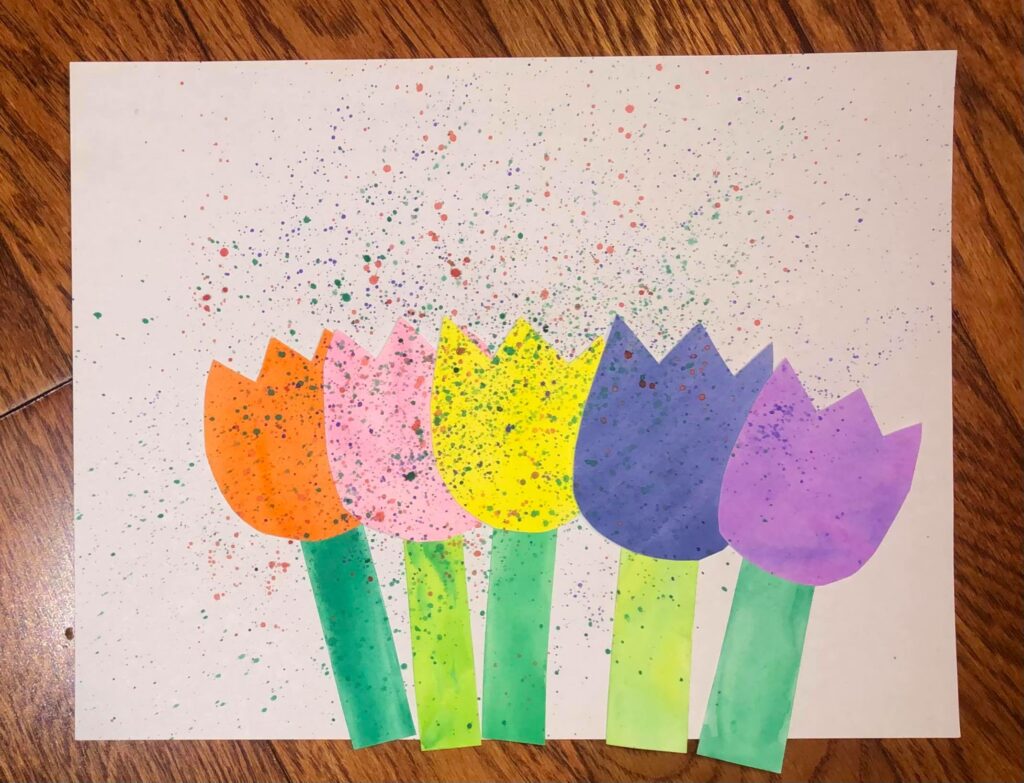A subtle flex in to end off the reflections 😎
This week in class we talked about gaming and the impact it can have on a classroom. I am quite familiar with gaming in classrooms. When I was growing up, my school had a computer room filled with computers where people would play different games such as Cool math games, Fantage (which has unfortunately now been shut down), and Minecraft amongst others. These games showed me the concepts of money and were used cross-curricularly with other subjects. A few times, my class was allowed to use different games as projects; here are a couple things we did:
- Minecraft
- In my grade seven class, we learned about ancient civilizations. We got into groups and would have to make a presentation on one of the topics the teacher chose for us. While I never used Minecraft myself, a couple of the groups decided to build the ancient civilization completely on Minecraft and then gave us a tour for their presentation. This was really cool since I had never seen Minecraft before. Using this platform, the group was able to show us how the civilization worked and some of the architecture they would have used.
- Kahoot! and Jeopardy
- When I was in grade eight, my science teacher allowed us to create Kahoot or Jeopardy games for the class to get bonus marks. This was cool since we were using Kahoot when it had first come out (2013). I remember one day in class, the game completely crashed and only said “Secret Classroom Superhero?” on all of the devices. It is interesting to compare with where Kahoot is at now and see how it has evolved. We were also allowed to create Jeopardy games, which included filling in a PowerPoint template. These games were used frequently throughout my high school experience, especially in later science and history classes.
- Another fun memory involving Jeopardy is in my grade 12 year, the physics class challenged my history class to a Jeopardy game. We got to go head to head against the class and it was a lot of fun.
- Quizlet
- When I was peer-tutoring a french class in grade eleven, the teacher would use Quizlet to run a trivia game for the class. She would create a set of flashcards and then use them to challenge the class in a memory game. This was useful since students could use the flashcards to review after the game was over.
